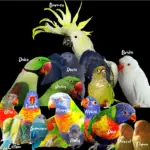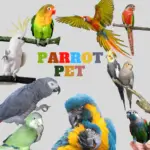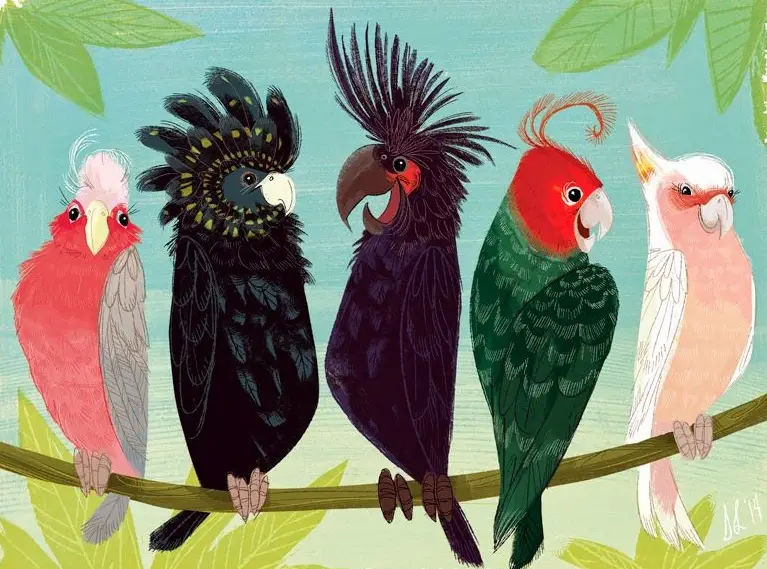
Cockatoo: This hooked bill family is separated from parakeets and parrots to include only Cockatoo. There are 7 subfamilies, but we will focus only on those found in captivity: Calyptorhynchus, Cacatuines, Cacatuas, and Nymphicines.
Today we’re going to take a look at this big family to see what exactly it is.
Cockatoo breeds
Cockatoo types For information, the 6 genres are:
- Cacatua
- Cacatinates
- Nymphicus
- Lophophora
- Callocephalon
- Calyptorhynchus
- Probosciger
However, despite the number of genders, there is a certain common trait between the sub-families. Generally, these birds are gregarious, they have an erectile crest that is used in their body language of these birds.
Their sizes, colors, and shapes vary between species. Often noisy, these feather balls are extremely destructive. It is therefore essential to provide them with what it takes to meet this natural need that allows the passage of beaks and claws.
Boredom is their worst enemy, unfortunately, it’s the boredom they easily fall victim to, so it’s essential to give them something to deal with. Unfortunately, this often results in stitching.
-
COLOR
Black, Gray, Pink, White
-
SIZE
large, medium
-
LIFESPAN
30 + years
-
SOUNDS
Vocal communicator
-
INTERACTION
Highly social
All about cockatoos

Cockatoo type
Among the 5 species found in this family in captivity are the Microglossa, that of Banks °.
They are frugivorous and granivorous and have dark plumage from Australia. All of them have an identifiable sexual dimorphism. Their beaks are extremely powerful.
These hooked beaks vary from plus or minus 30cm to plus or minus 65cm. These birds generally have a strong character and are not to be put in all hands. They enjoy a long life in captivity. The record held by an animal park is 92 years, however in private individuals on average live 40 to 50 years.
Valérie JaranSensitive to the cold outdoors, these feather balls can hardly withstand temperatures below 5 ° C and high humidity. A very slight sexual dimorphism would be visible to the naked eye, but personally, I find it so vague that nothing beats a DNA test.
Measuring more or less 35cm, these birds have gray plumage. These hooks enjoy digging on the ground so it is advisable to deworm them.
This, therefore, means that excavation and foraging games are necessary for them. If their character is asserted, they remain easier than the previous families mentioned. They don’t like too low temperatures like their cousins. Their life expectancy in our homes is 35 to 40 years.
Josiane Mathinier0 In captivity, these feather balls are subject to being overweight, so it is essential to monitor their diet and avoid overly fatty foods. Its daily menu should consist of 50% fresh products (fruits & vegetables), dry, soggy, sprouted, extruded seeds.
Cacatuidae form a family of the order of Psittaciformes including all species of cockatoo, and a cockatiel.
They are recognized by their feathered crests that individuals of this family can raise at will on their heads.
Why Cockatoos Make TERRIBLE Pets (Watch Mine Attack ME!)
Corella cockatoo

The Cacatua corella (Cacatua sanguinea) is a species of bird in the Cacatuidae family.
Yellow-crested Cockatoo

Crested Crested Cockatoo
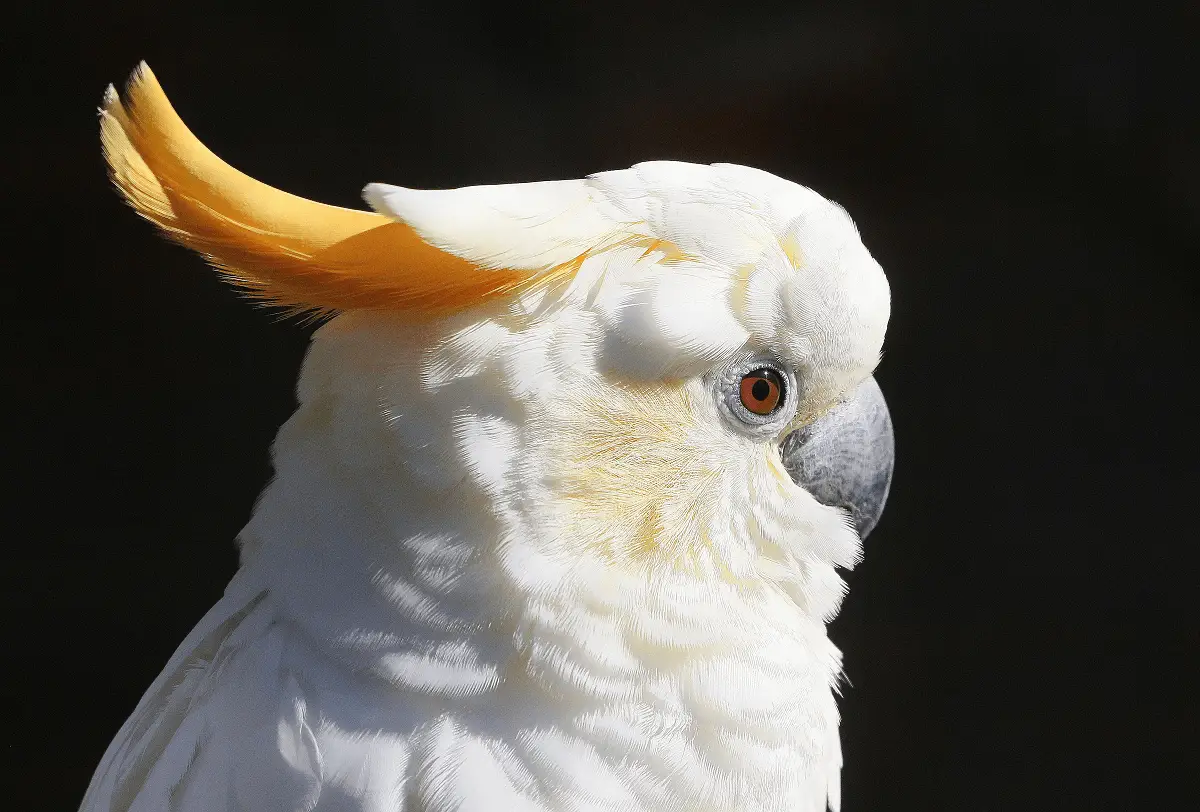
White cockatoo
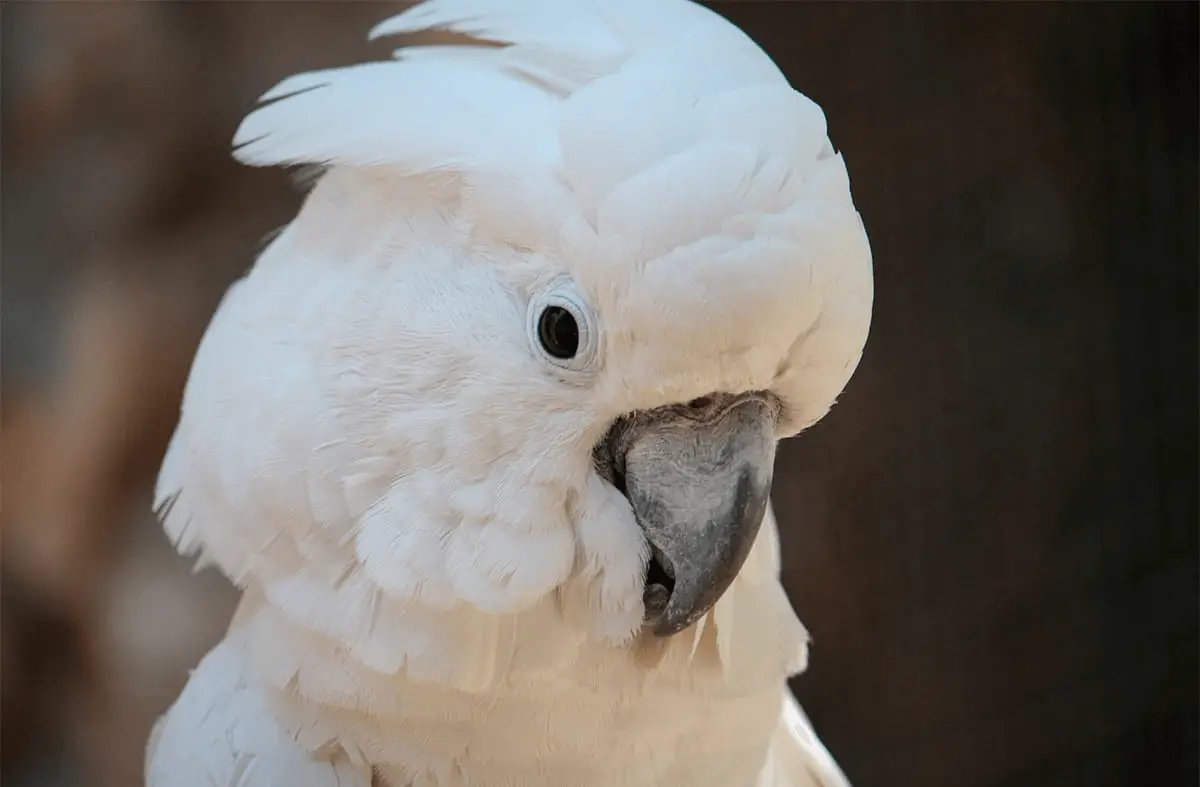
The White Cockatoo (Cacatua alba) is a species of bird in the Cacatuidae family endemic to the Moluccas archipelago in Indonesia.
Red-crested cockatoo
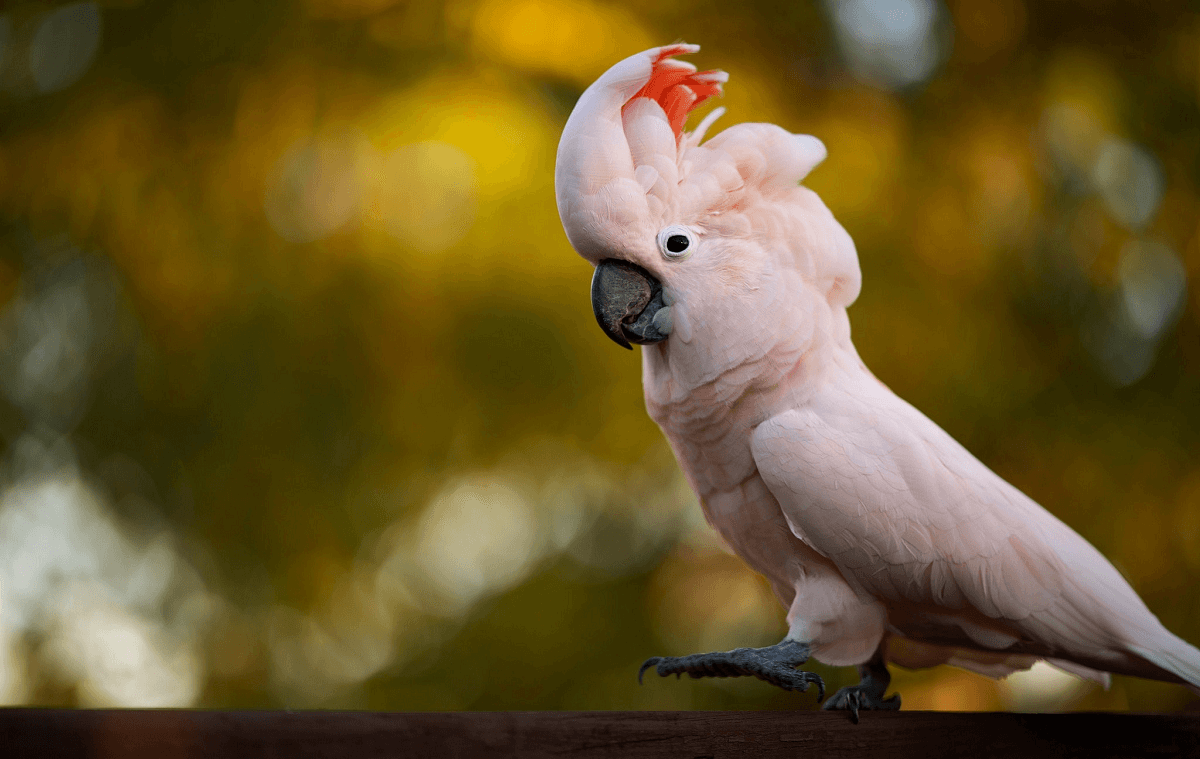
Cacatua moluccensis
The Moluccan Cockatoo (Cacatua moluccensis), is a species of bird in the family Cacatuidae.
Banksian Cockatoo
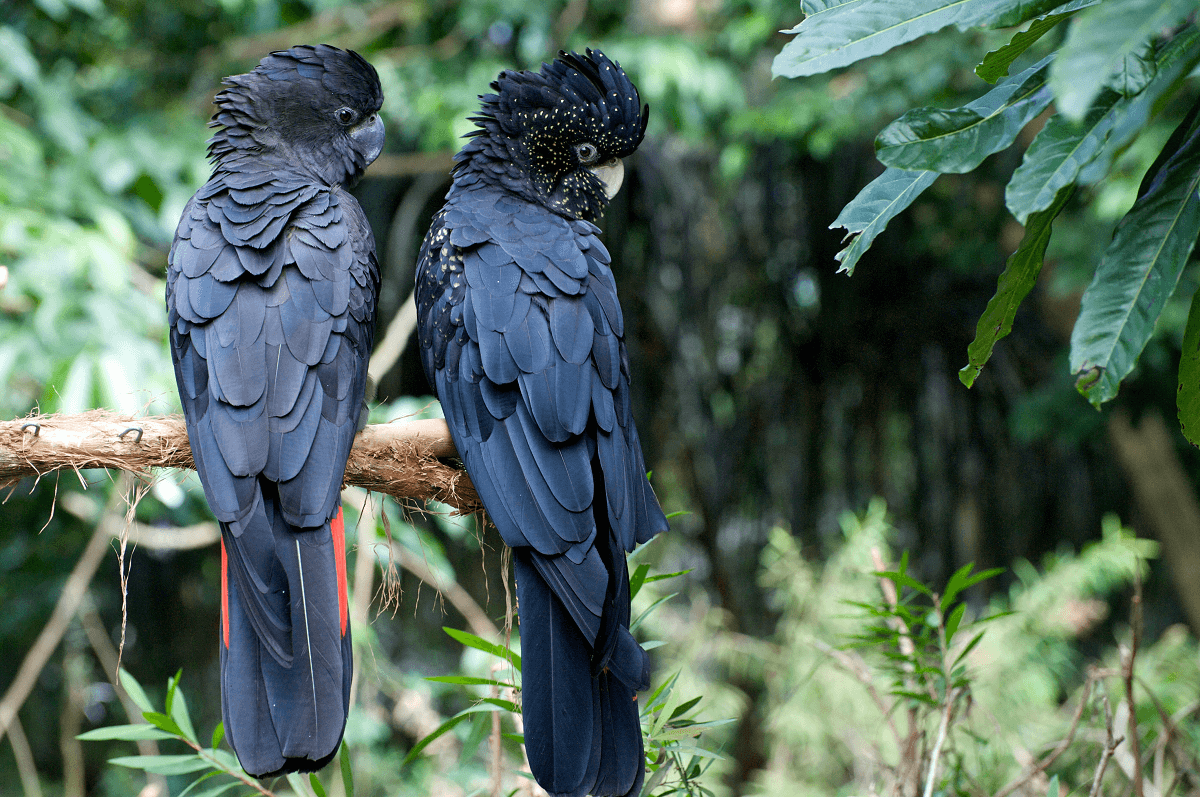
Calyptorhynchus banksii
The Banks Cockatoo (Calyptorhynchus banksii) is a species of large Australian parrot. This species was known as Calyptorhynchus magnificus for many decades, until its current scientific name, named botanist Joseph Banks, was officially adopted in 1994.
This bird is more common in the driest parts of the continent. Five subspecies significantly different by the size of the beak are distinguished.
Although the northern subspecies are still widespread, the two southern subspecies are threatened. The latter is named after their English vernacular names, the “Banksian forest cockatoo” and the “Southeast banked cockatoo”.
this is about 60 centimeters long. The two sexes are dissimilar. The males are completely black, with the exception of red bands on the tail, while the females, slightly smaller than the males, have black-brown plumage speckled with spots and thin yellow bands while the bands of the tail are yellow. orange.
These birds usually live in eucalyptus forests or along rivers. In the north of the country, these cockatoos generally gather in large bands.
They feed on seeds and nest in tree cavities. This is why they depend on the presence of fairly large diameter trees, usually eucalyptus trees. Populations in south-eastern Australia are threatened by reduced forest cover and other habitat modifications.
Of all the “blackish plucked cockatoos”, it is the easiest to breed1, but it remains rare and expensive (like all the species in this group) outside Australia2.
Ducorps’s cockatoo
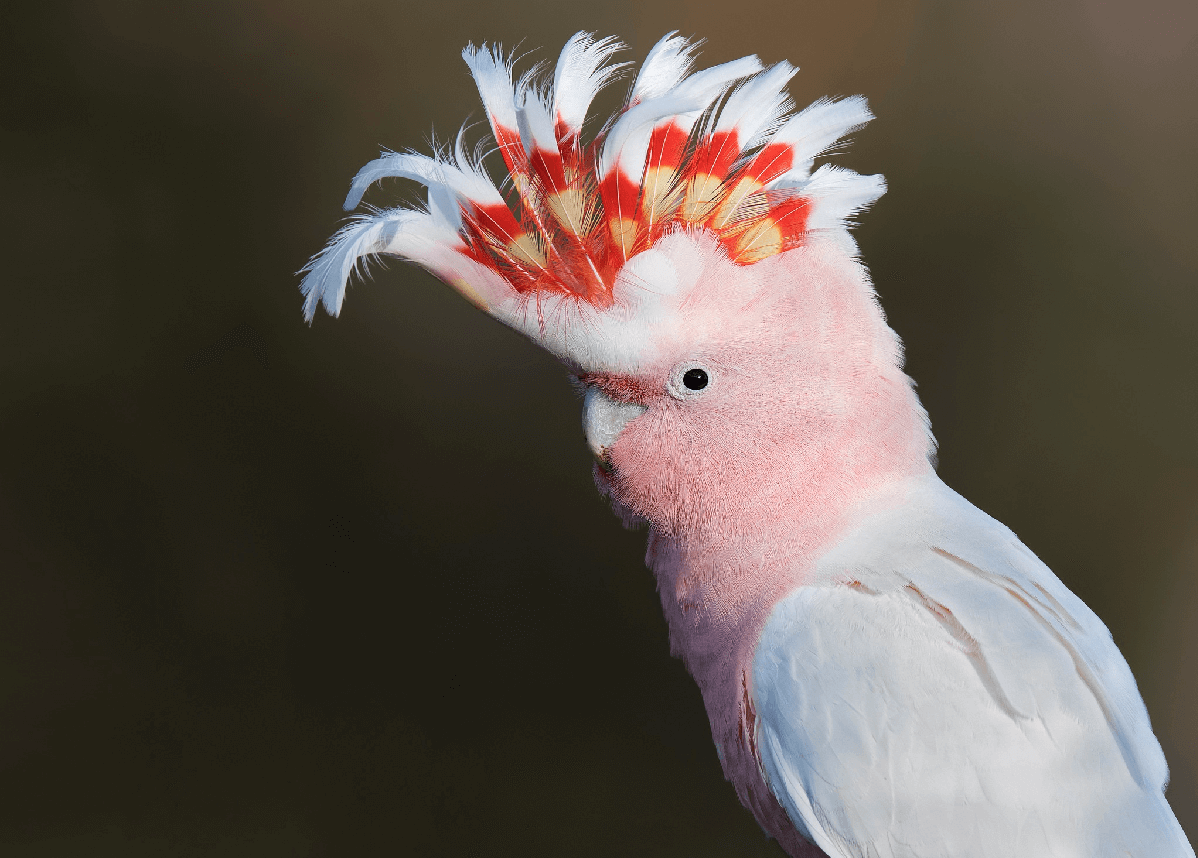
The Ducorps’s Cockatoo (Cacatua ducorpsii) is a species of bird belonging to the family Cacatuidae.
Although not particularly common, they are one of the most beloved and characteristic birds of South Australia. They are generally seen flying at a moderate height.
Funeral cockatoo
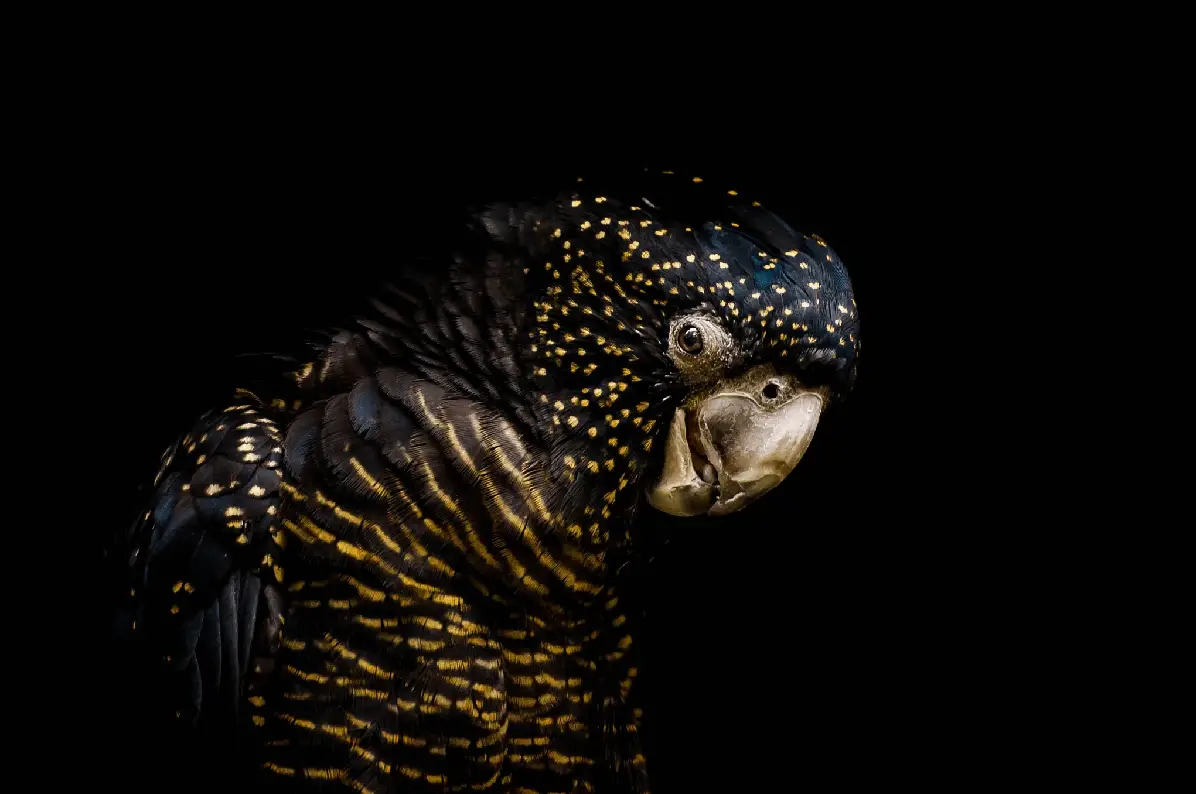
Philippine Cockatoo
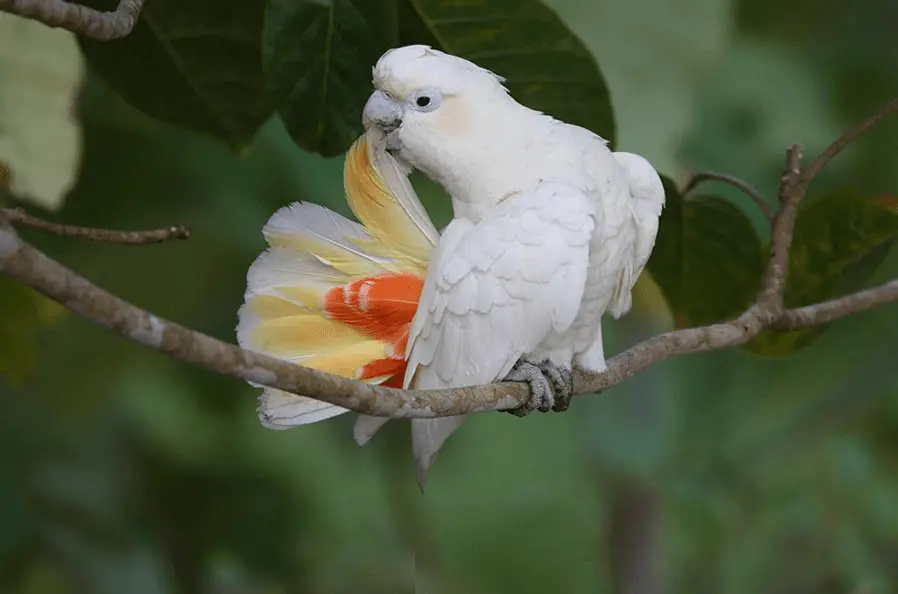
Long-billed corella
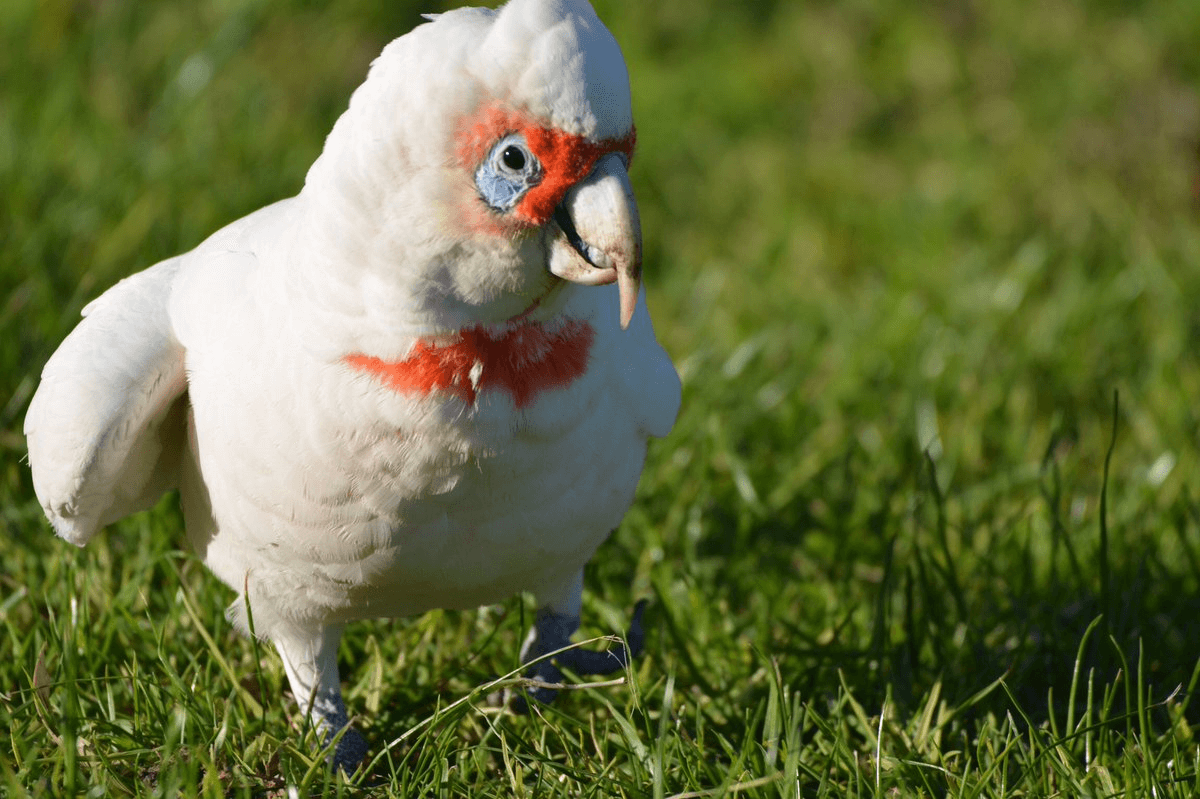
Rosalbin cockatoo

Black Cockatoo

Cockatoo lifespan
- Calopsitte élégante: 10 – 14 ans
- White cockatoo: 40 – 60 years
- Galah: 40 years
- Sulfur-crested cockatoo: 20 – 40 years
- Red-tailed black cockatoo: 45 – 50 years
- Carnaby’s black cockatoo: 25 – 50 years
- Baudin’s black cockatoo: 25 – 50 years
So you think you want a Cockatoo?
Cockatoo for sale
How much is a cockatoo worth?
Cockatoo price
An umbrella cockatoo will go for anything between $1000 and $3000 USD.
Cockatoo screaming
Cockatoo meme


Cockatoos meet each other in a pet store, and hilarity ensues
Cockatoo toys
The 5 Top-Rated Toys
| EDITOR’S PICKS | BRAND | RATING |
|---|---|---|
| Best Overall | Bonka Bird Toys Spoon Delight Toy | 4.6 |
| Runner Up | Aigou Bird Spiral Rope Perch | 4.7 |
| Best Budget Buy | Petsvv Rope Bungee Bird Toy | 4.5 |
| Best Bird Play Gym | Mrli Pet Bird Play Stand | 4.4 |
| Best Bird Foraging Toy | Planet Pleasures Octopus Pinata Bird Toy | 4.6 |
Cockatoo cursing
cockatoo vs cockatiel

VS

Another difference in appearance between a cockatoo species and a cockatiel is their physique.
First, consider the size of the birds, and cockatiels. they are small birds, 8–12 inches long including their tails, that have pleasant, whistling noises
cockatiels have a longer tail type which makes up about half of their body, Cockatiels are generally much smaller than cockatoo bird
Cockatoo cage
What size cage does a cockatoo need?
A good cage choice for cockatoo bird is 24 deep 36 wide and 40 high
Cockatoo gif






The Cockatoo parrot is fun and cute Cockatoos are semi-big and beautiful birds and he can live 80 years in captivity if they are properly cared for and kept in good health, but This is not a good first bird, nor is a good child’s pet.
Yes Cockatoos can become aggressive, There is a tipping point with a cockatoo where excitement becomes aggression
The fact their bites can cause serious damage to deter many people from attempting to work with an upset bird
An Aggressive cockatoo is not trying to be mean, this type of behavior may result from stress and fear or improper socialization.
Cockatoos have extreme intelligence, cockatoos have very colorful personalities. Yes, cockatoos are smart. Very smart As a breed, they are known for being smart
Cockatoos parrots can mimic human speech or sounds perfectly
Teaching a bird to talk is a process that requires patience and dedication, the cockatoos are another large parrot species that have displayed speech abilities in captivity

